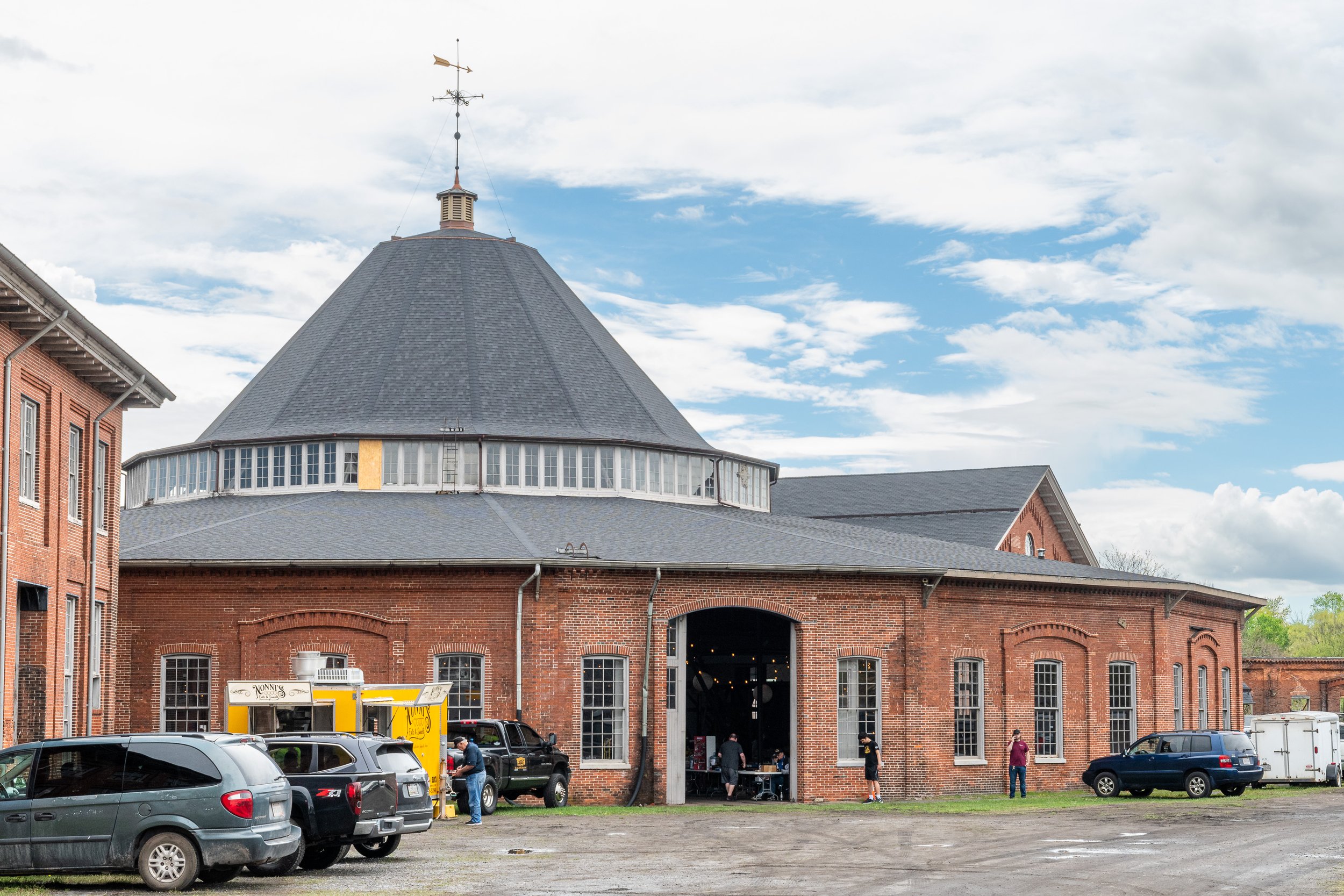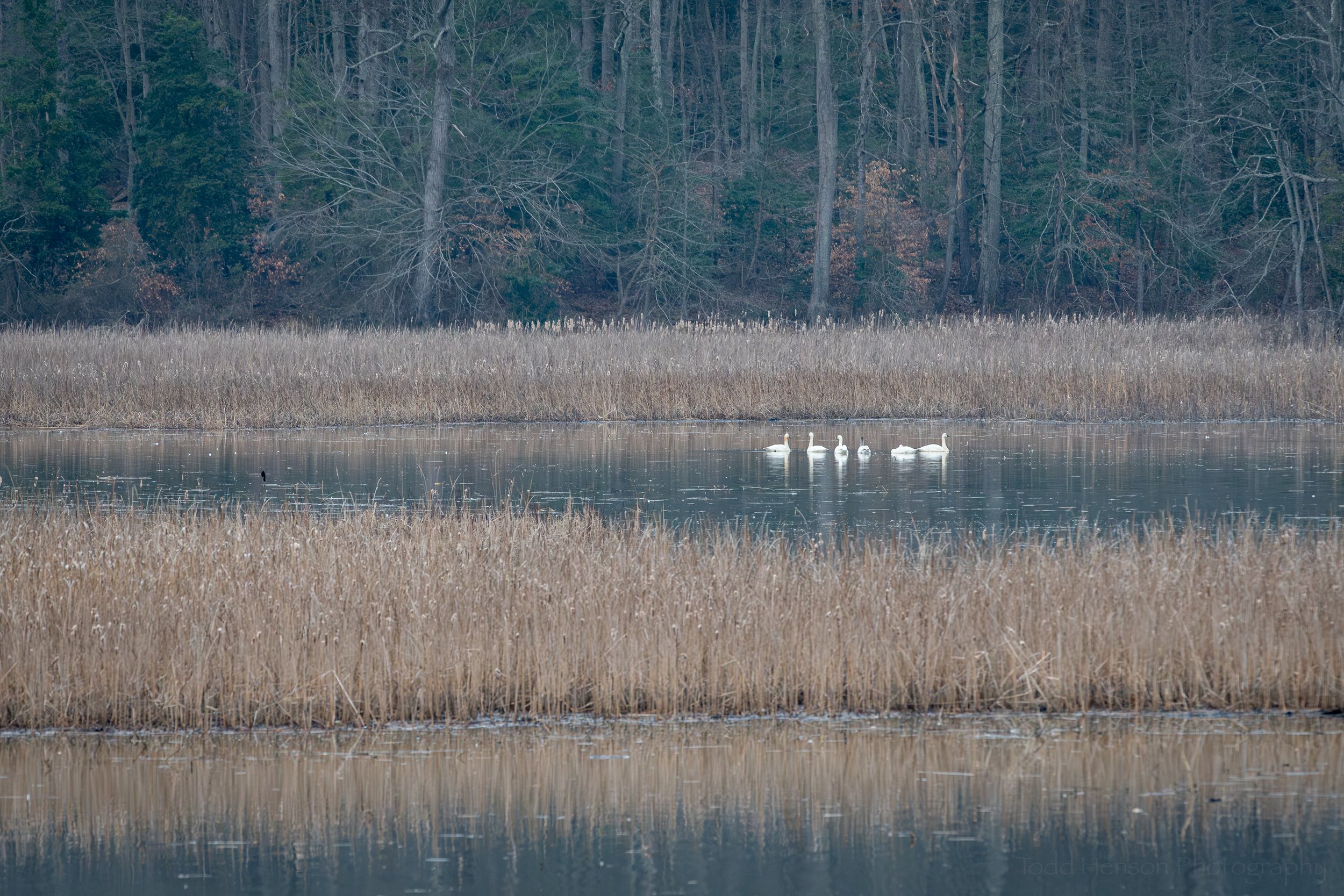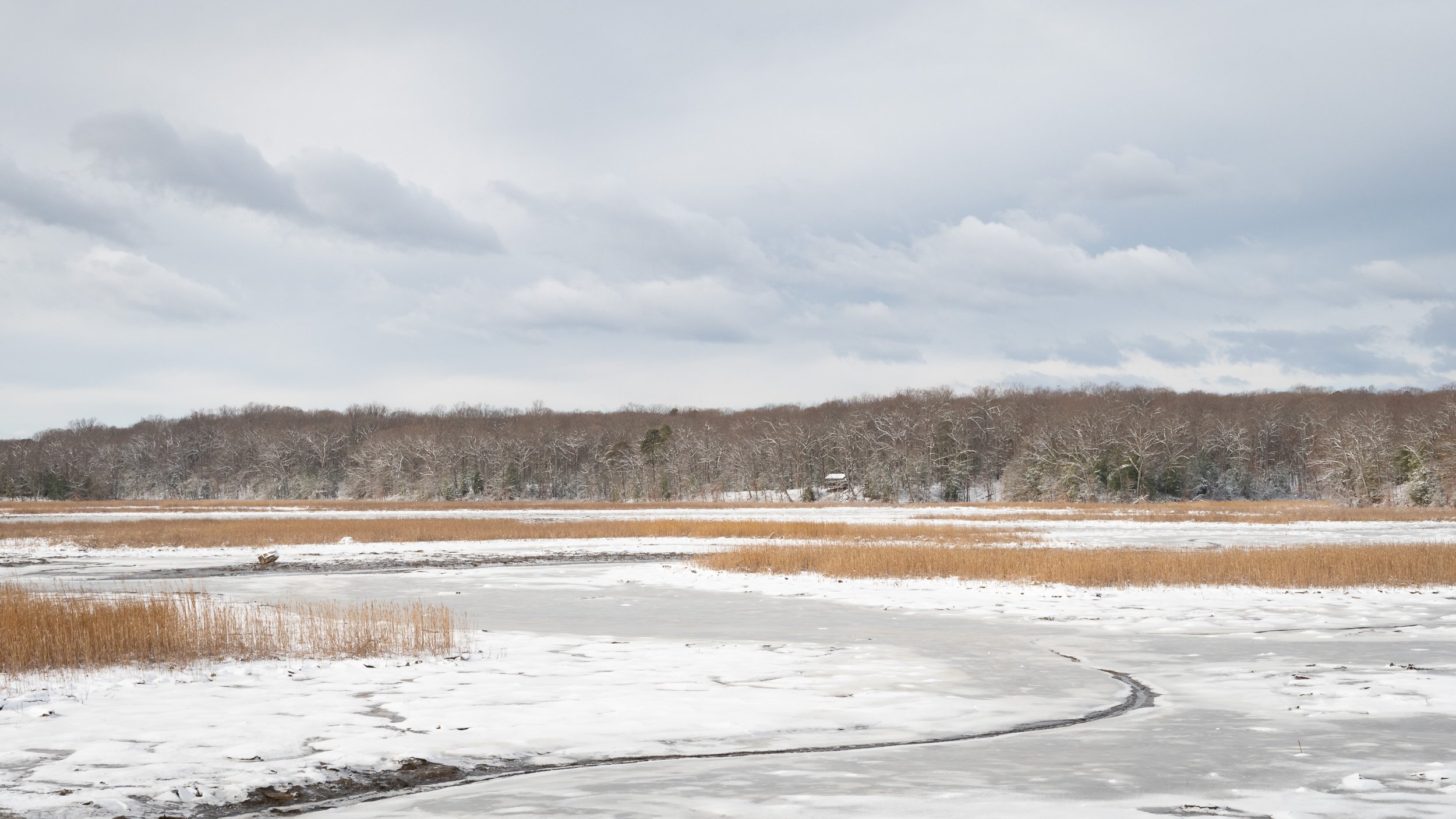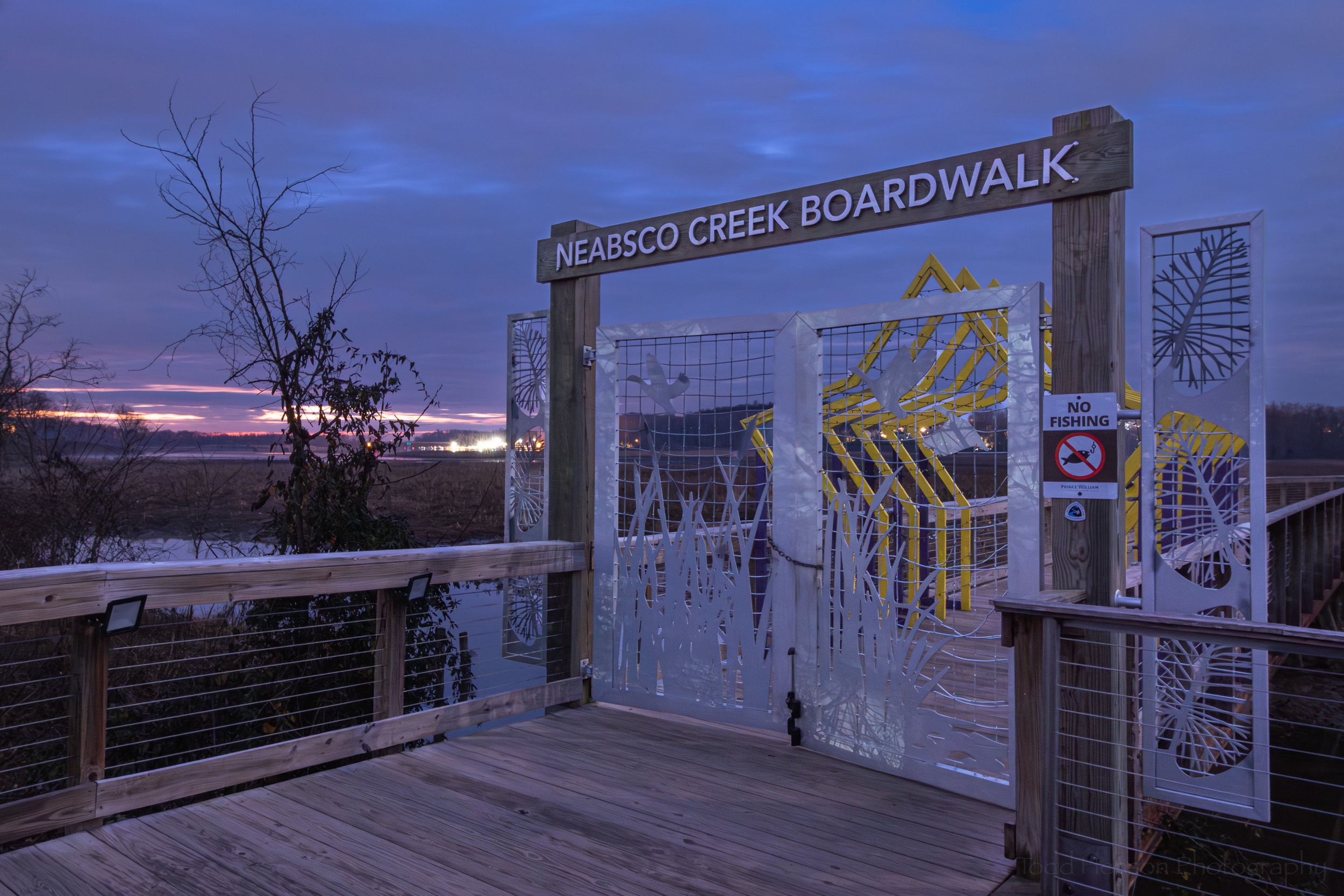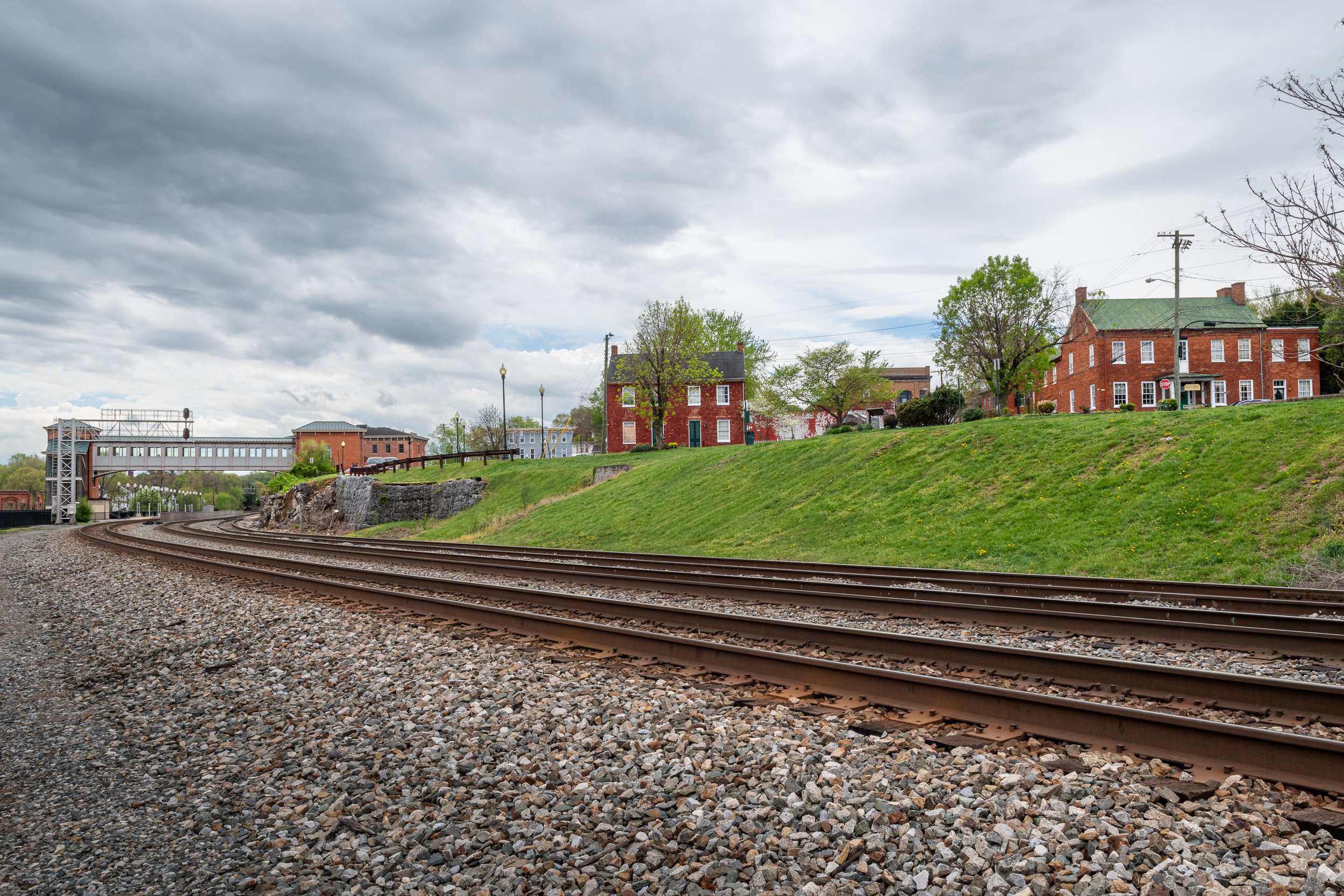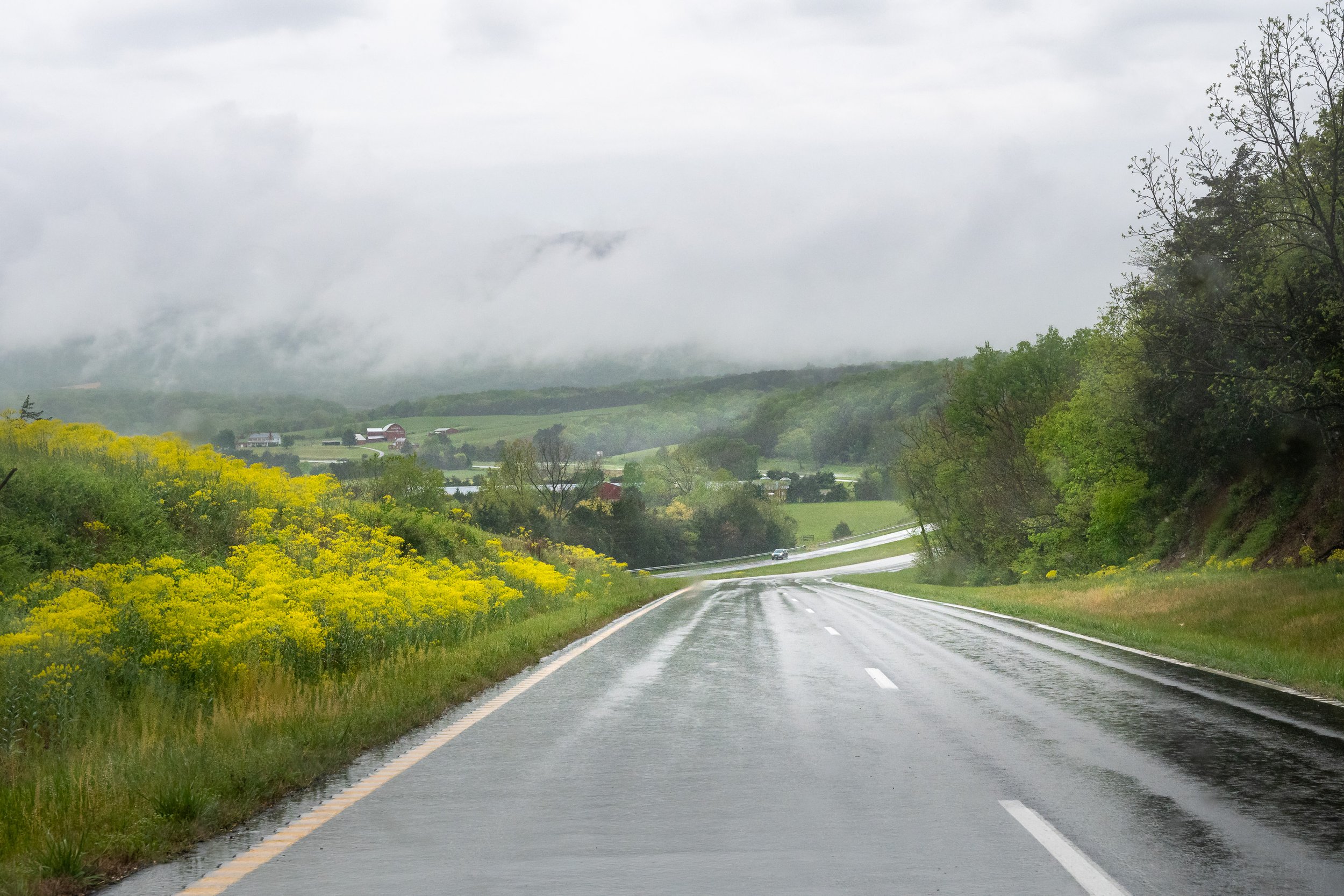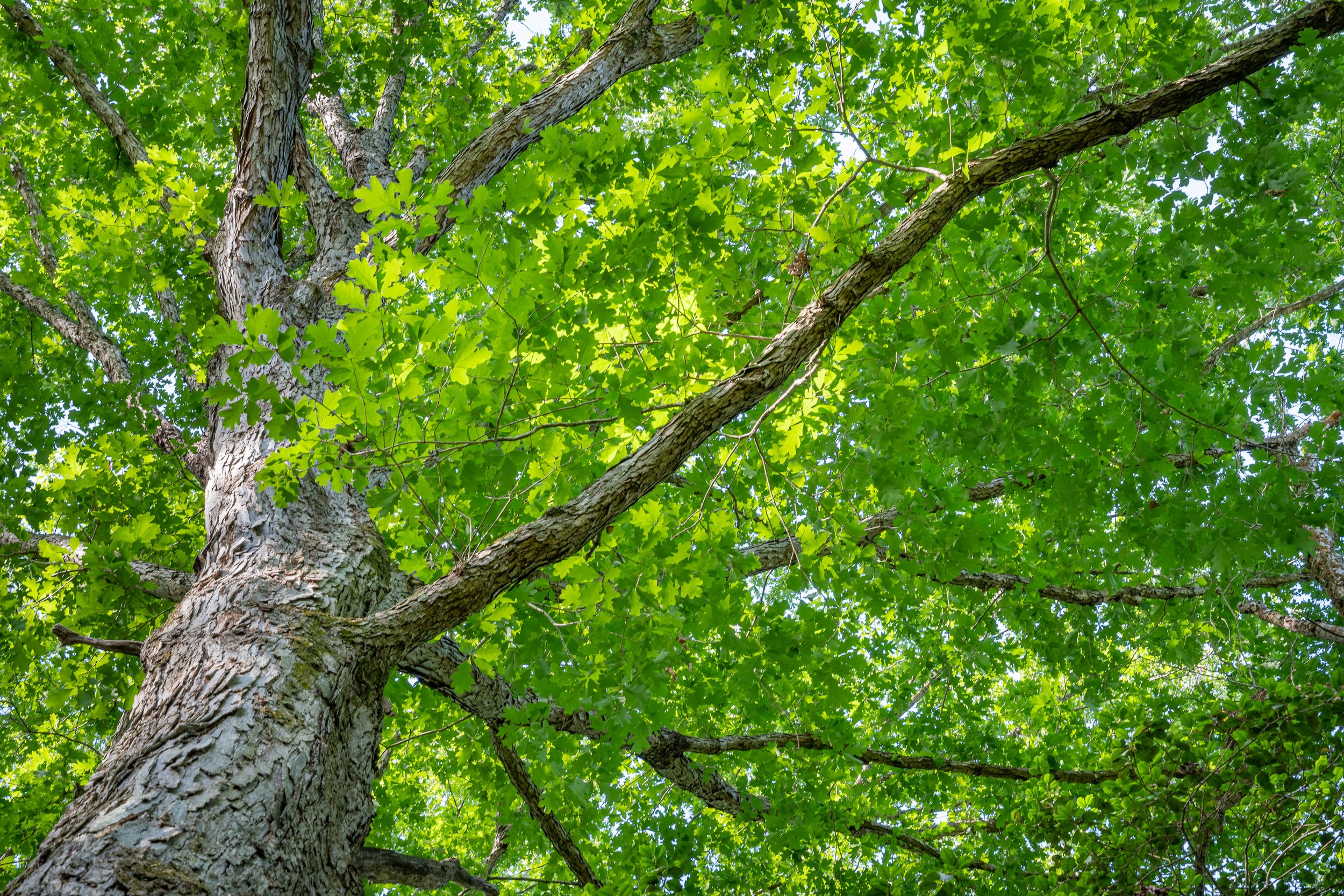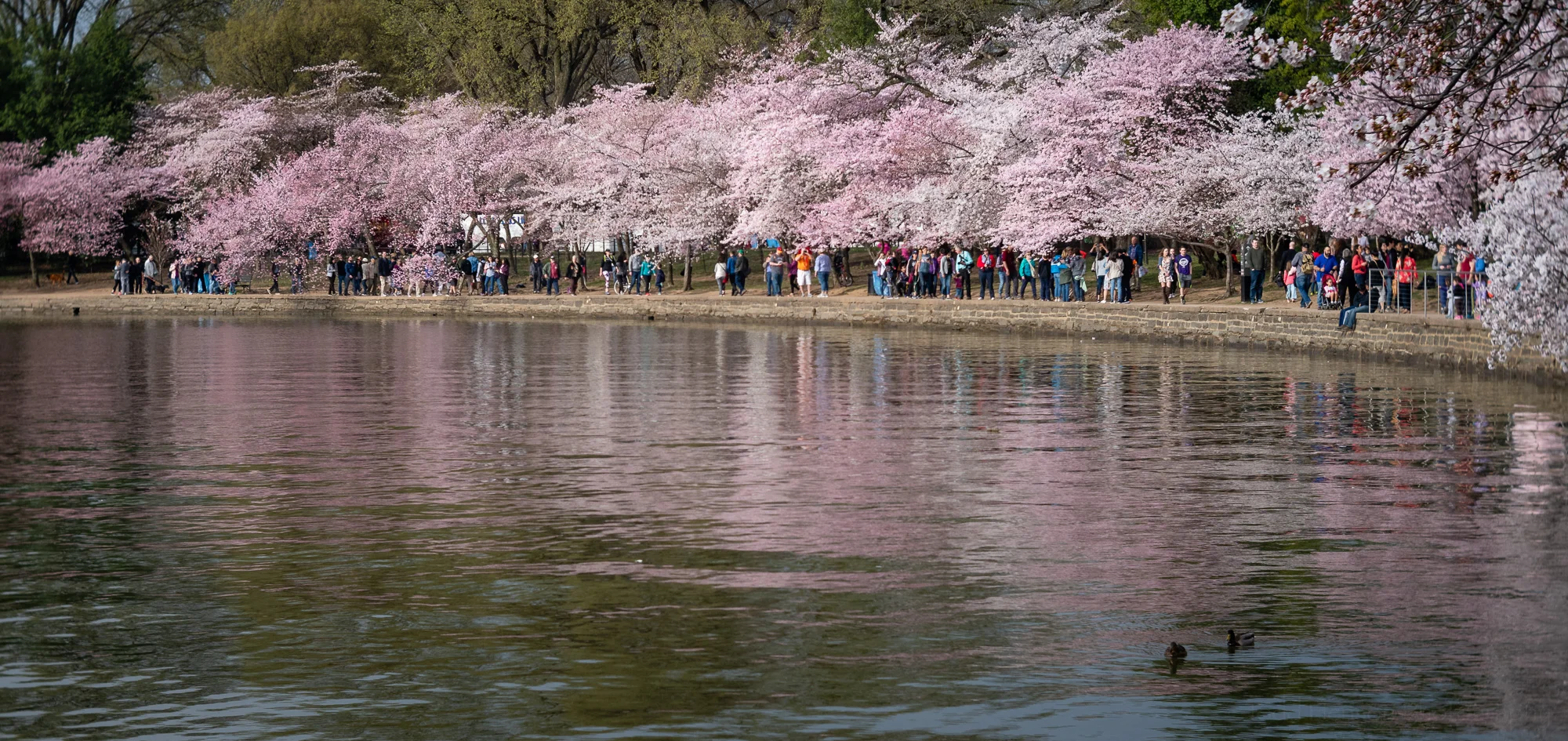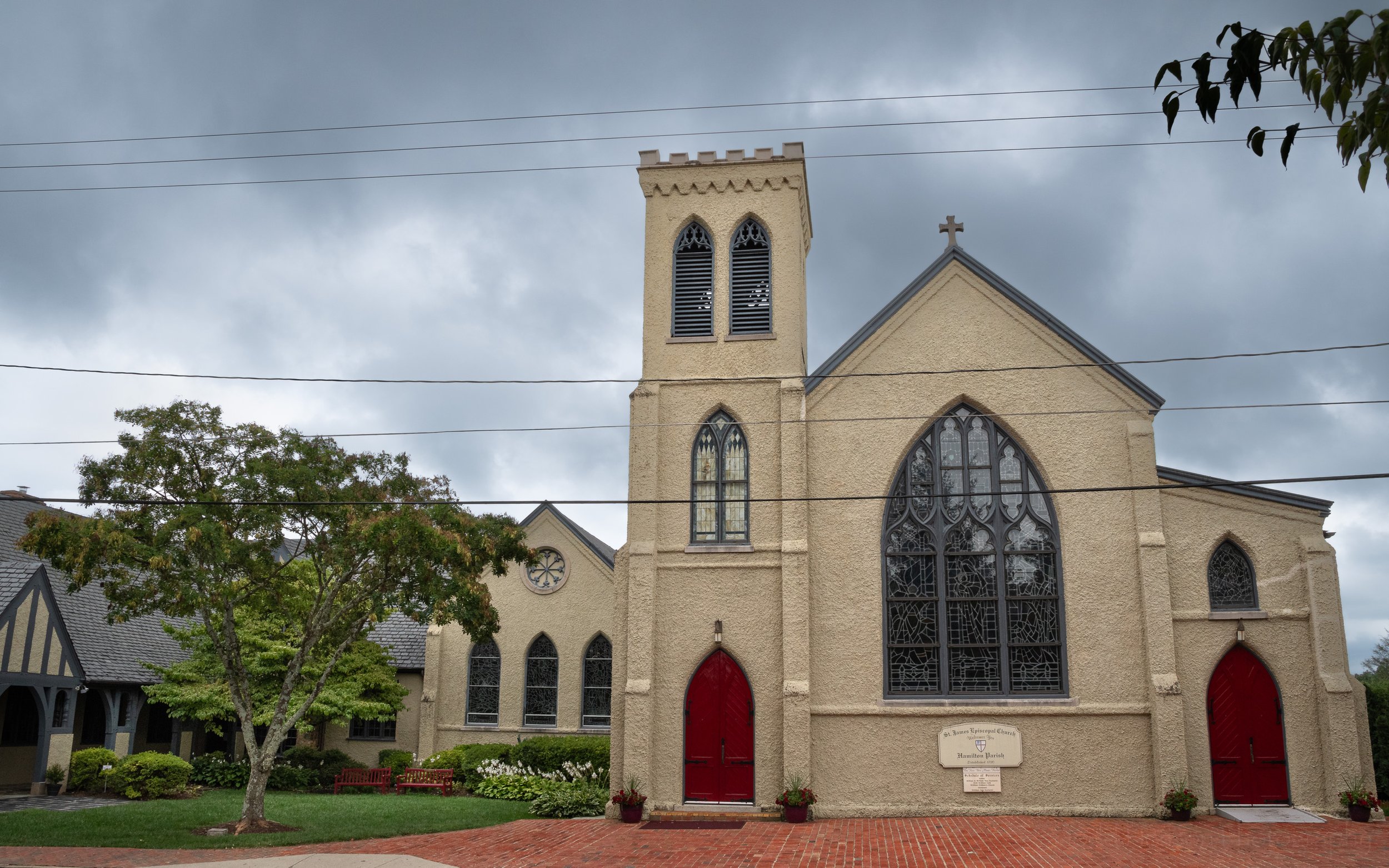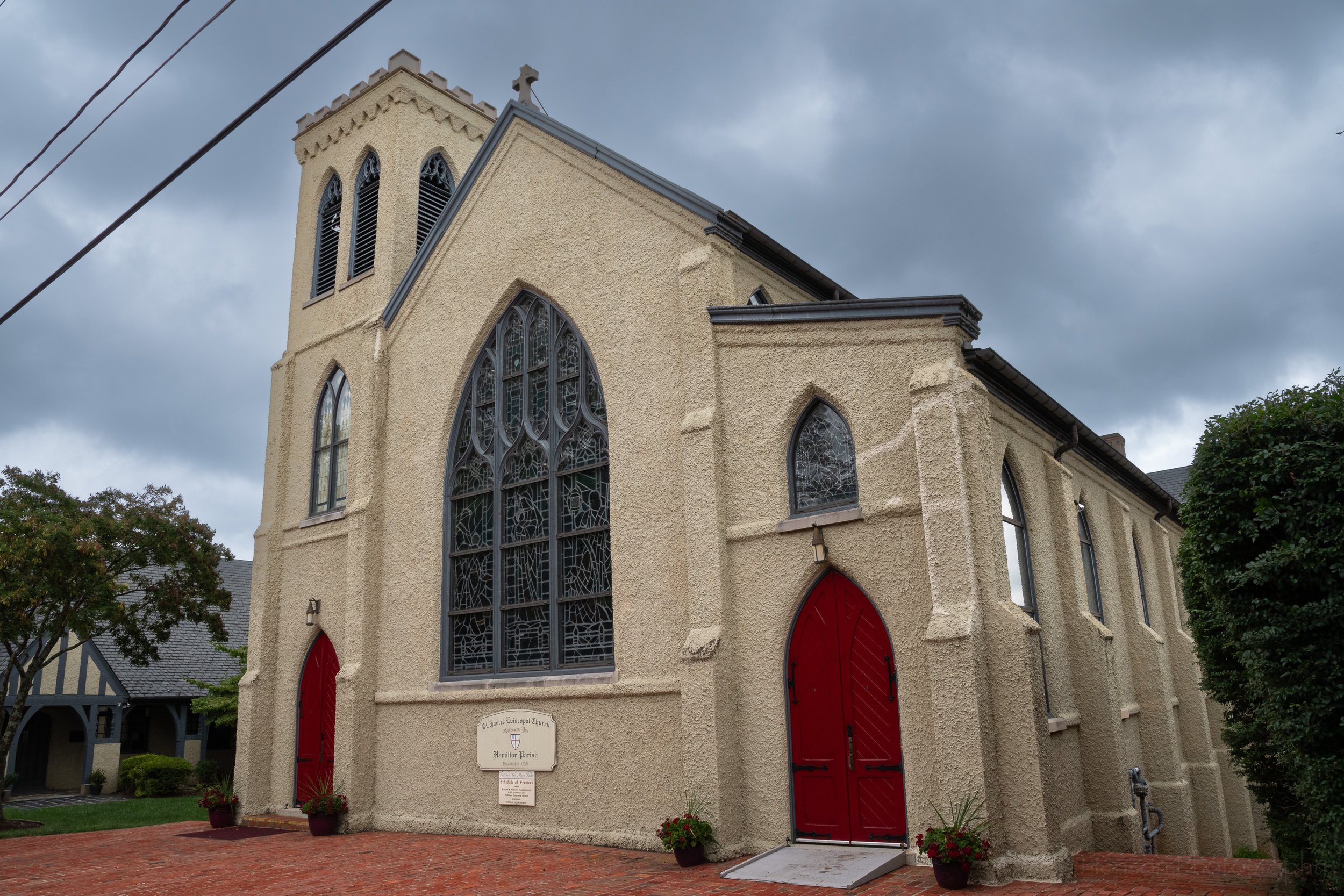A split-toned side view of Winston Memorial Chapel in Culpeper, Virginia. Given the age and look of the chapel I thought the split-toned processing might work well to accentuate the age.
In early September (2024) my father and I happened to drive by an old decaying chapel in Culpeper, Virginia, and I decided to turn around and find a place to photograph it.
The location is known as Winston Memorial Chapel, built in 1908 by the Winston family and dedicated to the memory of their son who died in 1906. It’s a beautiful stone building based on a Celtic style with a Celtic cross atop the bell tower. There is a small cemetery on the grounds to the left of the chapel.
At the time it was built the road out front was gravel but today it’s a fairly busy highway, which is what stopped me on this trip from attempting to cross the road to get photographs of the front of the chapel, something I’d very much like to do. But there isn’t a lot of space on that side of the road and when we visited there was a lot of high speed traffic, so I stuck to just the side view.
Please note if you ever visit this location that there are many no trespassing and private property signs around the walls and the building, so please respect that. The building and stone walls surrounding the property are falling into disrepair but the grass inside and outside the walls and around the gravestones is mowed, so there is some maintenance being done around the property.
Here we see a full color view of Winston Memorial Chapel and the small but busy and high speed highway out front.
Do you enjoy these posts?
Sign up to receive periodic emails with updates and thoughts. Don’t worry, I won’t spam you. And please consider purchasing artwork or products from my online store, and using my affiliate links in the sidebar to the right when shopping online.
I appreciate your support!



